Sorting through the differences between Design Styles
Have you ever been out shopping for new furniture, or thinking about renovating your house? Have you been asked what kind of style you like? Contemporary, modern, industrial… the list goes on. The challenge in many of these situations is understanding the vocabulary that defines your personal interior design style. With a seemingly never-ending list of unique styles, the task of deciphering what style works best for you could appear daunting.
I have often blended elements from several styles together, and perhaps your style is like this too! But first, let’s figure out which design styles resonate with you. I have picked out 11 popular design styles and identified their core characteristics.
1. Modernism
- Design is an interpretation from early to mid 20th Century
- The focus is on simple form and function, think streamline silhouettes
- Natural Materials are used – wood, leather, stone
- Crisp lines, warm neutrals, balance
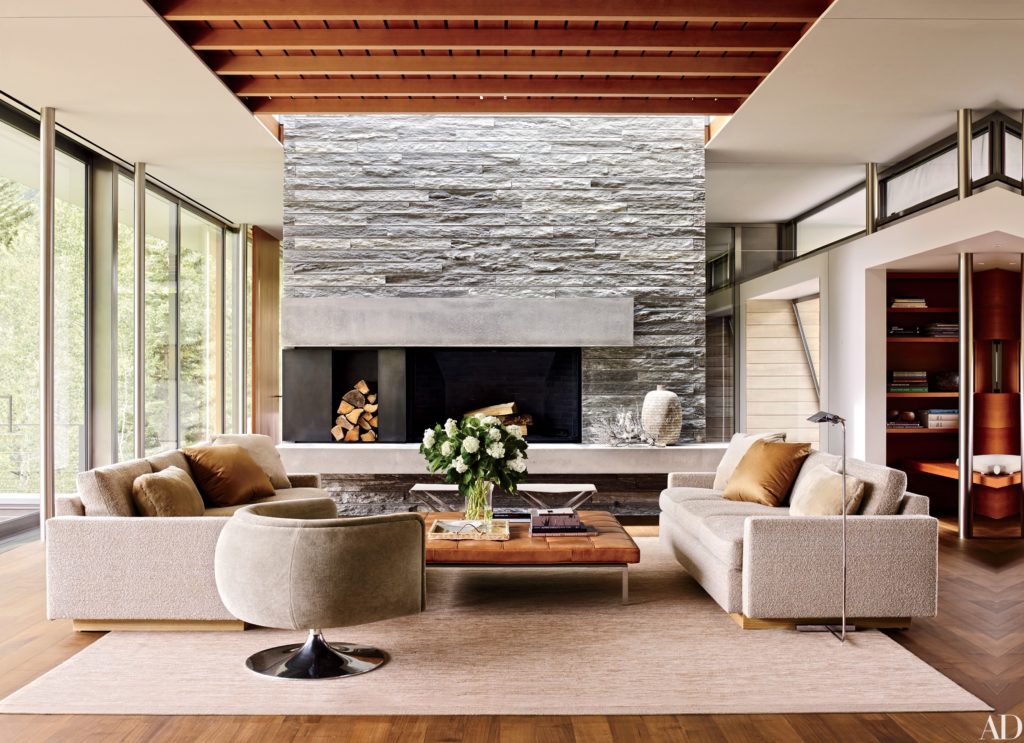
Photo: William Waldron
2. Contemporary
- Continually evolving design, showcasing popular current design
- Design style is fluid, less adherence to any one particular style
- Neutral colours, clean lines, minimalistic
- Materials include nickel, steel, and chrome are combined with natural materials
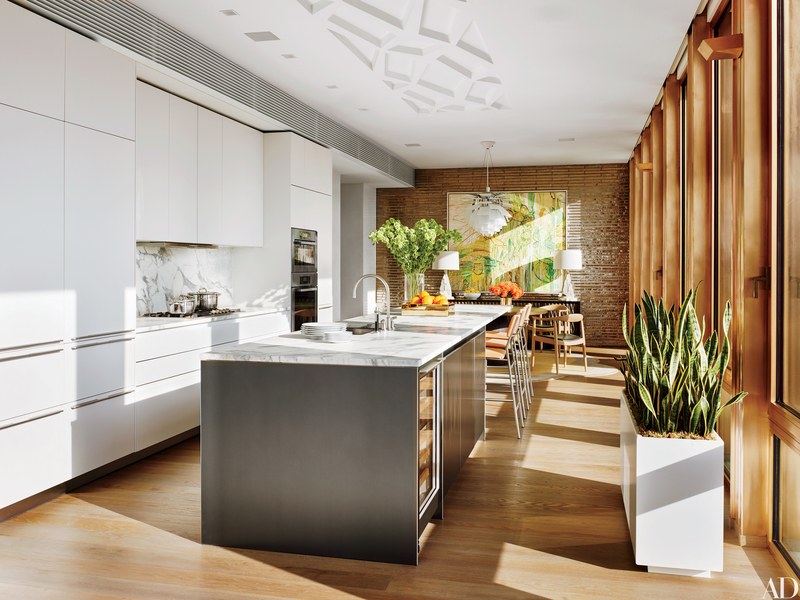
Photo: Nikolas Koenig
3. Minimalism
- Comes from the concept that less is more
- Design elements highlights simplicity, basic geometric forms, no decoration, and visual hierarchy
- Lots of empty space in rooms
- Colour palette tends to be limited or monochromatic
- Utilizes clean lines
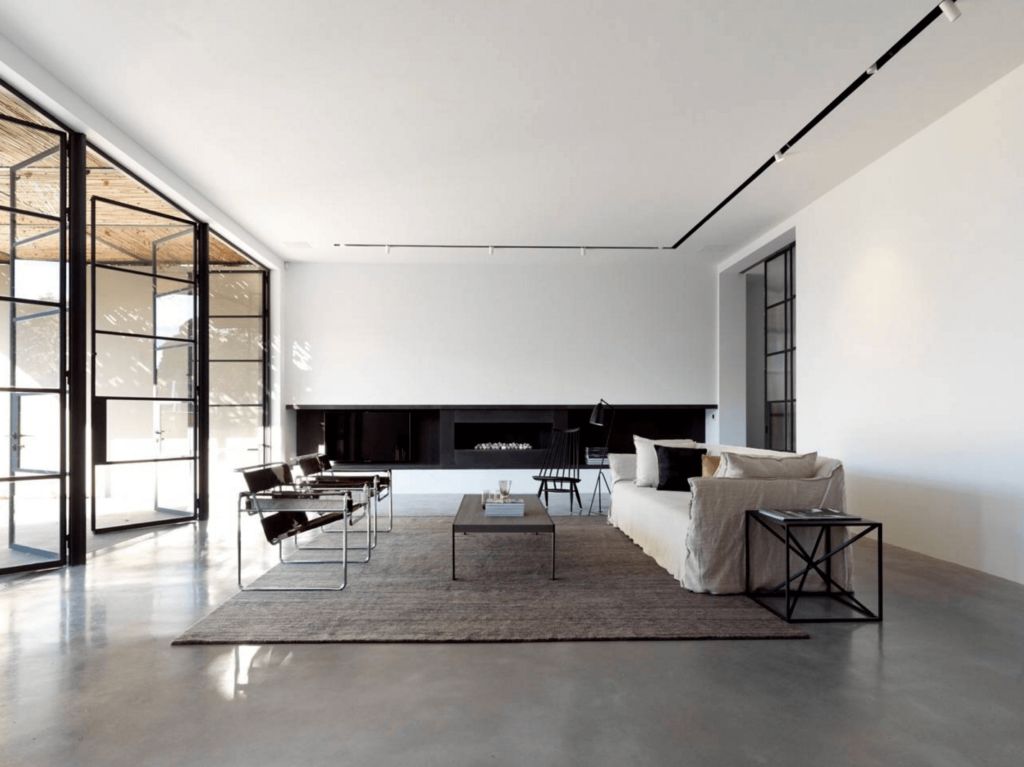
4. Industrial
- Draws inspiration from warehouses and/or urban lofts
- Elements have a sense of being unfinished – exposed brick, wood, and ducts
- High ceilings, timber, metal light fixtures
- Neutral colour scheme that complements the primary materials. Splashes of colour introduced through artwork
- Colour palette is darker and more masculine

5. Rustic
- Complements industrial style
- Colour palette is lighter, more feminine
- Draws inspiration from farmhouse, cabin, and nature
- Elements include vaulted ceilings, exposed beams, natural wood finishes, light colours, distressed finishes, reclaimed wood floors
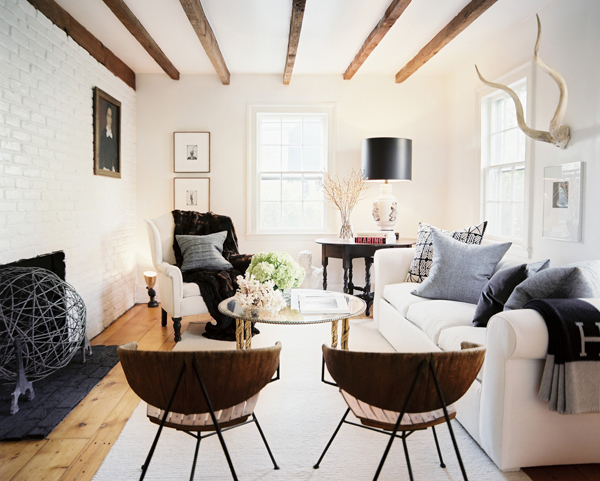
6. Mid-Century Modern
- Draws inspiration from the 1950s and 1960s
- Has elements of minimalism, sleek lines with organic and natural shapes
- Ornamentation is kept to a minimum
- Use of traditional materials mixed with non-traditional materials like metal, glass, plywood
- Contrasting materials and colour
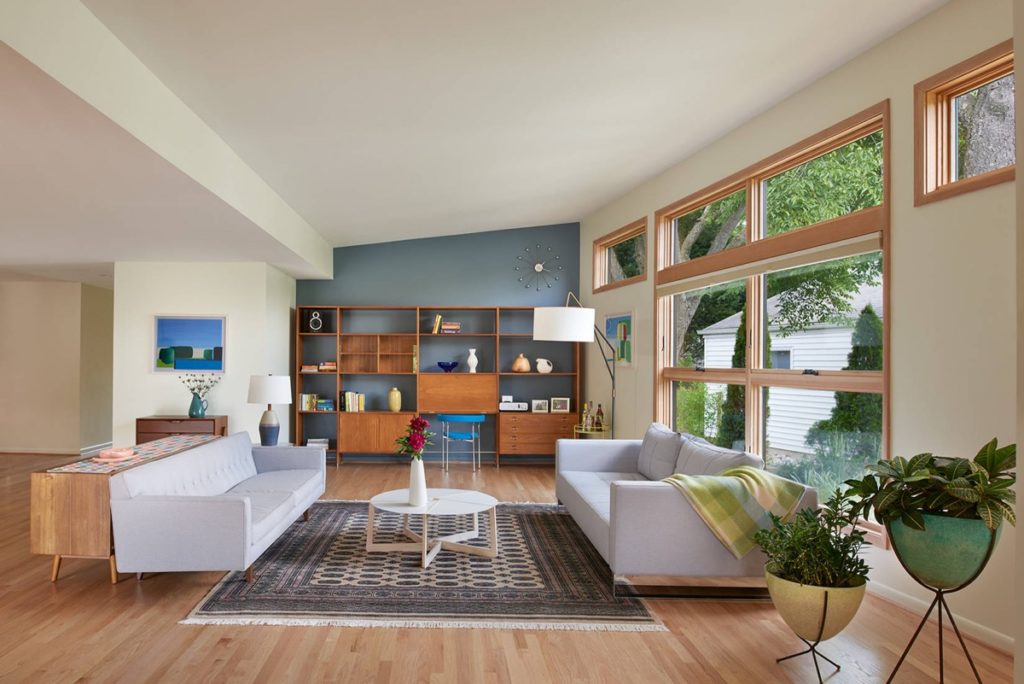
7. Scandinavian
- Design is based from the Nordic countries – Finland, Sweden, Denmark, Norway, and Iceland
- The design aesthetic is clean and modern with natural elements
- Space appears cozy, inviting and soothing
- Interiors often characterized by white walls, pale wood floors, and lots of natural light, few accessories with a muted colour palette
- Furniture is functional but appears curated with sculptural influence
- Other design elements include form-pressed wood, bright plastics, aluminum, and wide plank floors
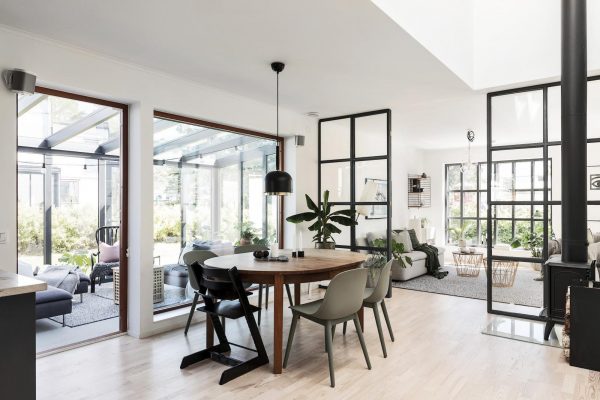
8. Traditional
- Design is inspired by the 18th and 19th century. It has lots of classic details and lots of accessories
- Interiors often are characterized with warm and dark tones, wood, and variety of textures and curved lines
- Symmetry is important to create a calm and orderly space
- Architectural details include crown molding, columns, pilasters, and wood paneling
- Rooms are often focused around one element, like a fireplace
- Colour palette can be bold and saturated, or pale and soft – but will appear welcoming and balanced
- Furniture and furnishings reflect historical design elements from England, France, and the Far East
- Fabrics are heavy and have a variety of patterns and textures
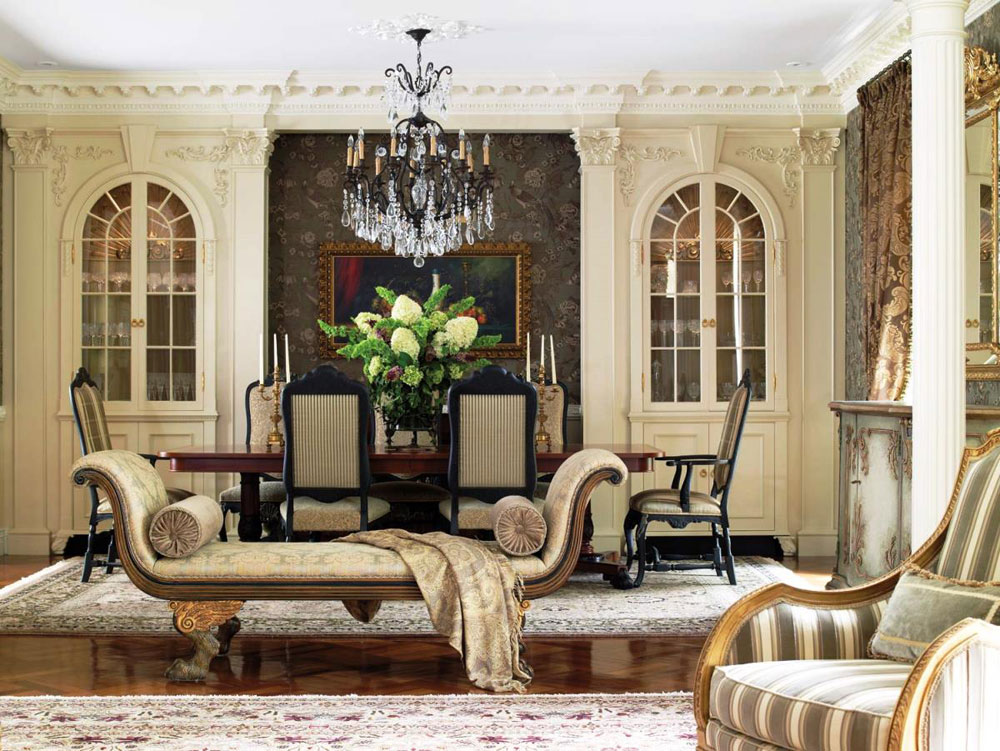
9. Transitional
- Transitional interiors maintain the classic elements of traditional design paired with colour and furnishings which are modern in appearance
- Colour palette is light and neutral. Dark brown is used for balance and depth
- Texture in fabrics add dimensional to the space, like suede, chenille, and leather
- The space has a sophisticated feel
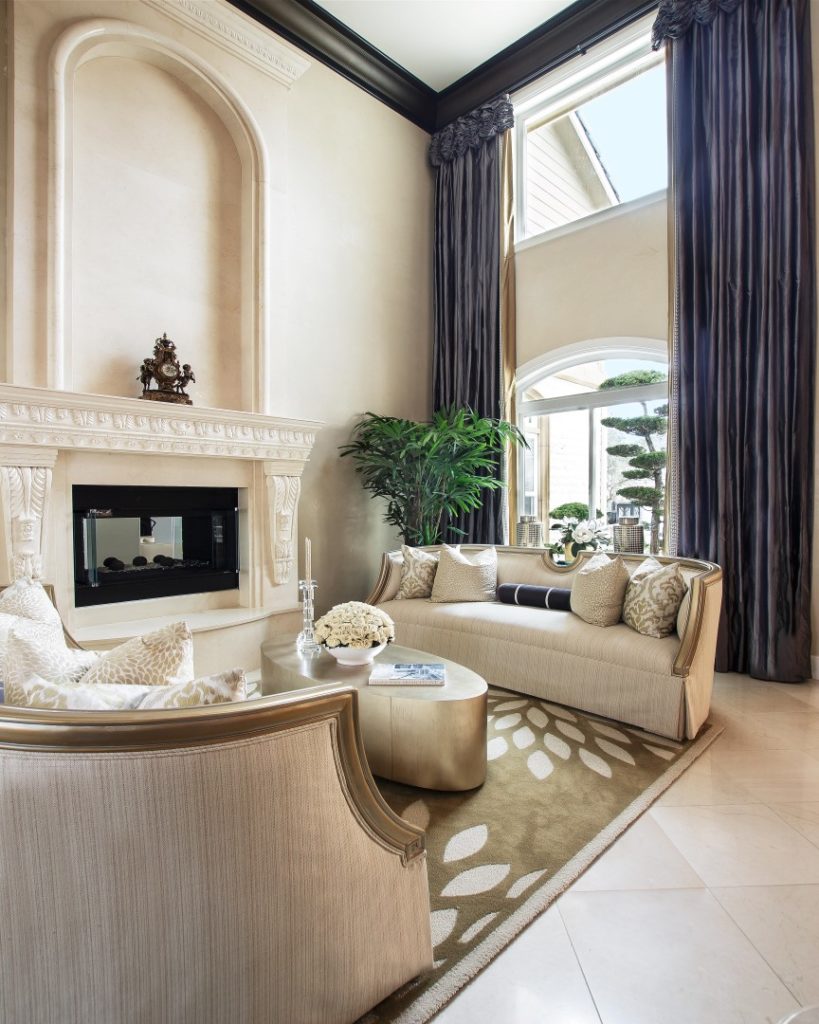
10. French Country
- The design style appears inspired by farmhouse elements
- Colour palette has warm, earthy colours
- Design elements contrast texture and colour, like pale walls with dark rough wooden beams
- Furnishings are usually wooden, with delicate carved details
- Use of natural materials, like stone wall and floor, raw wood, distressed ceiling beams, and plaster walls
- Windows usually have shutters
- Homes often have a stone fireplace
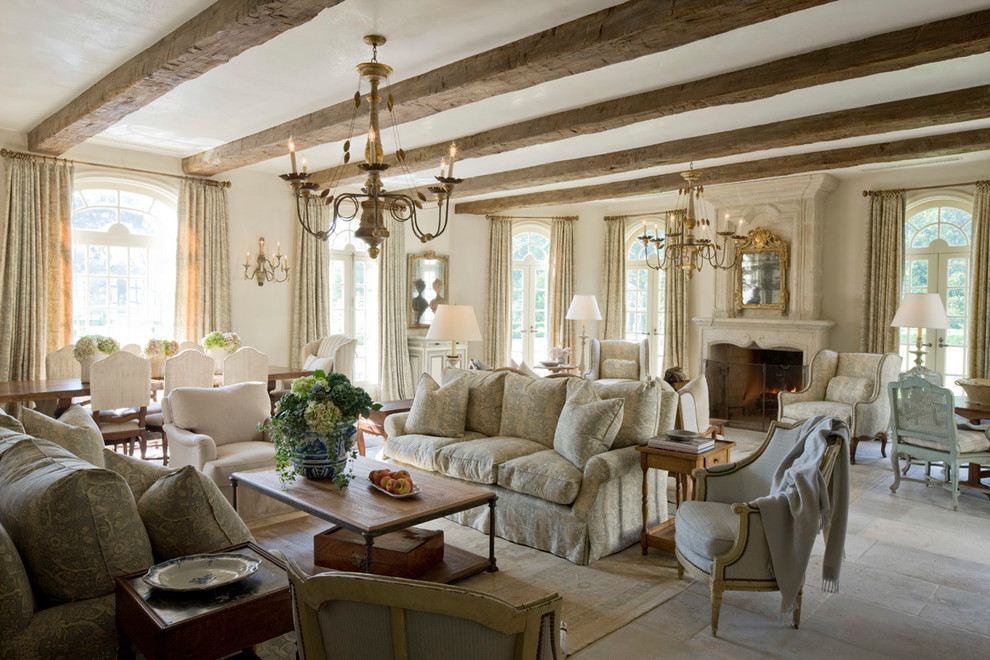
11. Craftsman
- The design style grew from the Arts and Crafts movement in the 1800s through the 1930s
- Exterior elements include tapered columns on top of brick or stone, and large porches
- Interior elements include tapered columns, clean lines, exposed beams, natural woodwork, board and batten wainscoting, and coffered ceilings
- Common features include built ins, wide plank hardwood floors
- Colour palettes can range from warm, darker colours that complement wood finishes to soft, muted colours
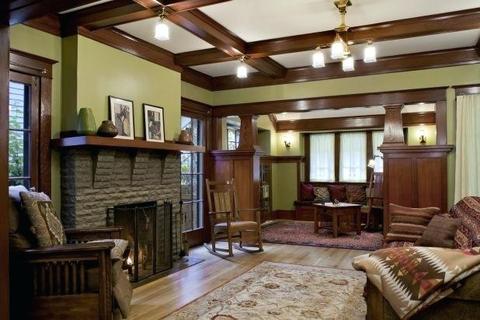

Leave a Comment
You must be logged in to post a comment.